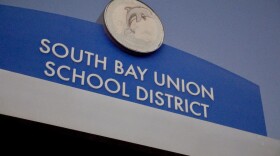The face- and fingerprint-matching technology that has been touted over the past decade as a sophisticated new way to stop terrorists and illegal immigrants from entering the country through Mexico has one major drawback: U.S. border inspectors almost never use it.
Government officials told The Associated Press that checking more people would create too big a backup at the border, where hours-long traffic jams are already common.
Some members of Congress who voted for the system in 1996 are complaining they were badly misled. They said the intent was to use biometrics - or a person's unique physical traits - to screen everyone.
The U.S. government has spent tens of millions of dollars issuing visa cards digitally embedded with the holder's photo and fingerprints.
Holders of the cards come across the border tens of millions of time each year. But authorities acknowledge that only about 2 percent of those cases are the cardholders screened with the biometric technology to verify their identities and check law-enforcement records. The checks are done consistently only on the small portion of cardholders who seek permission to travel beyond the border region.




